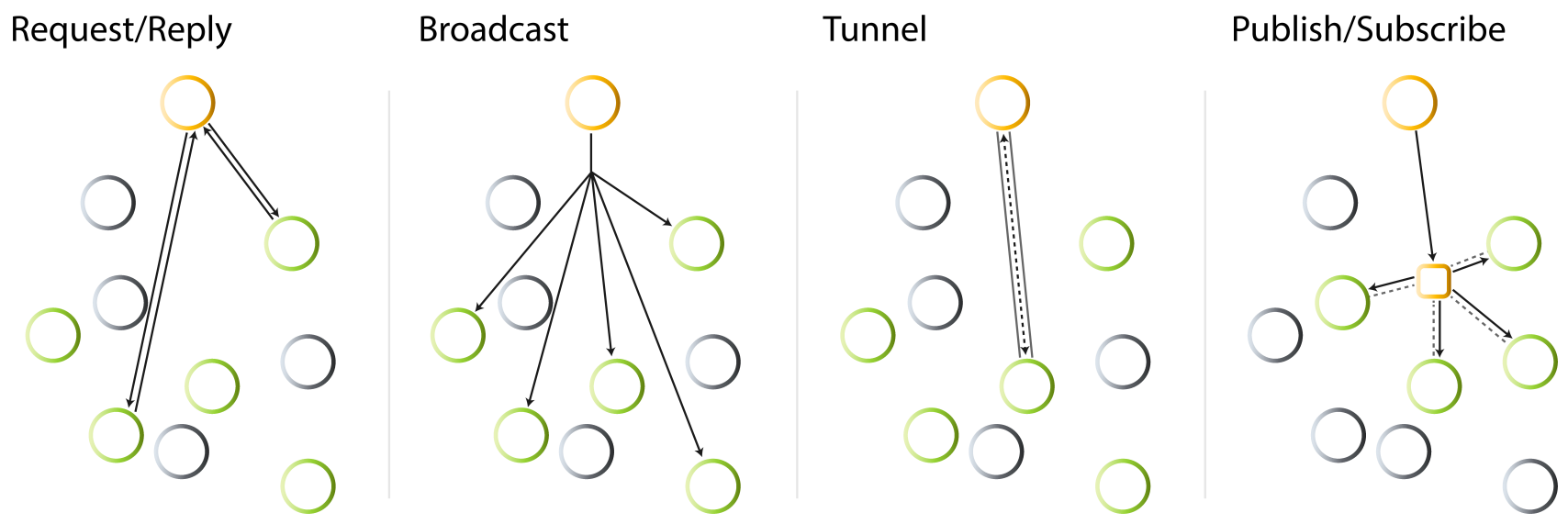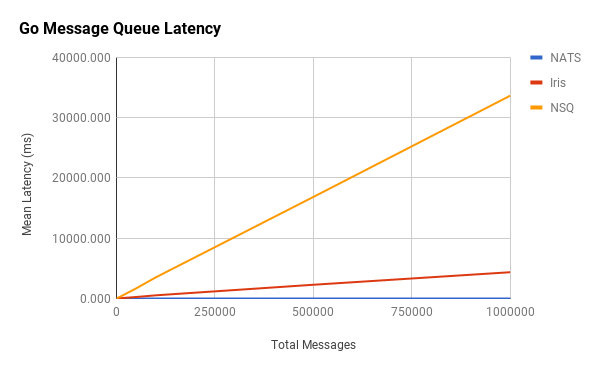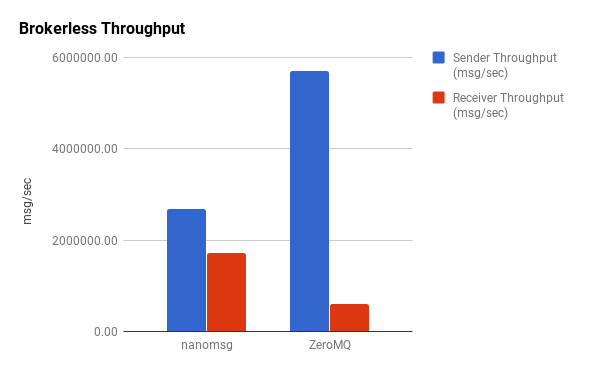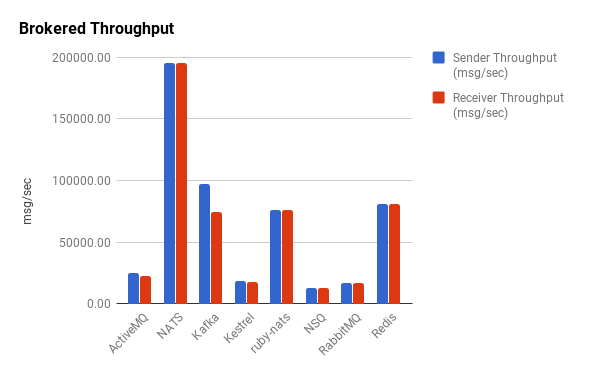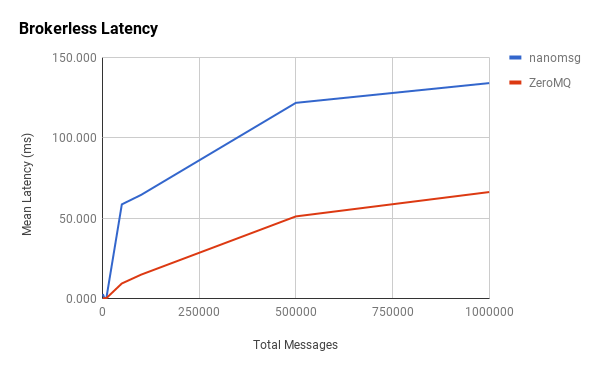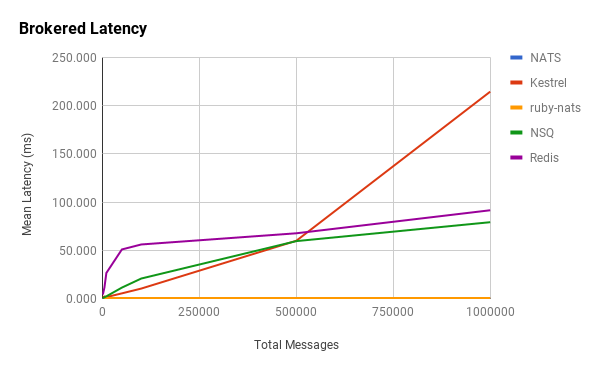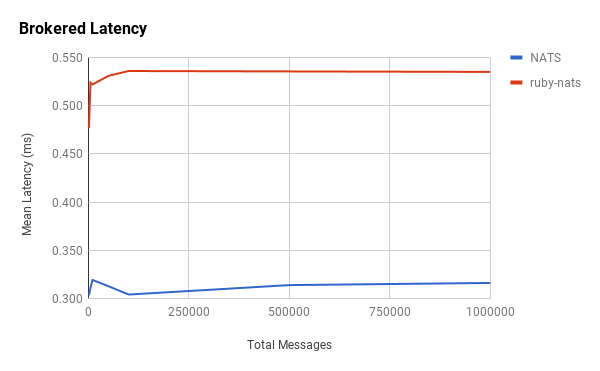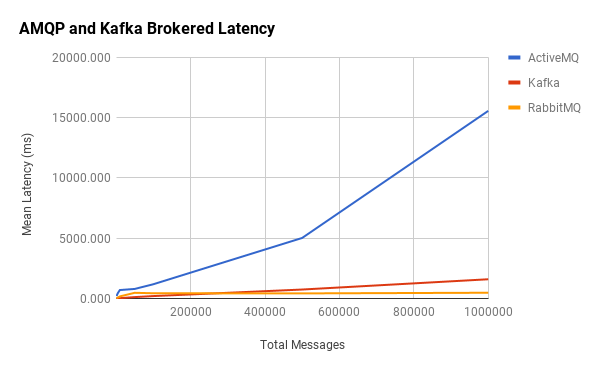More and more companies are describing their success stories regarding the switch to a service-oriented architecture. As with any technological upswing, there’s a clear and palpable hype factor involved (Big Data™ or The Cloud™ anyone?), but obviously it’s not just puff.
While microservices and SOA have seen a staggering rate of adoption in recent years, the mindset of developers often seems to be stuck in the past. I think this is, at least in part, because we seek a mental model we can reason about. It’s why we build abstractions in the first place. In a sense, I would argue there’s a comparison to be made between the explosion of OOP in the early 90’s and today’s SOA trend. After all, SOA is as much about people scale as it is about workload scale, so it makes sense from an organizational perspective.
The Perils of Good Abstractions
While systems are becoming more and more distributed, abstractions are attempting to make them less and less complex. Mesosphere is a perfect example of this, attempting to provide the “datacenter operating system.” Apache Mesos allows you to “program against your datacenter like it’s a single pool of resources.” It’s an appealing proposition to say the least. PaaS like Google App Engine and Heroku offer similar abstractions—write your code without thinking about scale. The problem is you absolutely have to think about scale or you’re bound to run into problems down the road. And while these abstractions are nice, they can be dangerous just the same. Welcome to the perils of good abstractions.
I like to talk about App Engine because I have firsthand experience with it. It’s an easy sell for startups. It handles spinning up instances when you need them, turning them down when you don’t. It’s your app server, database, caching, job scheduler, task queue all in one, and it does it at scale. There’s vendor lock-in, sure, yet it means no ops, no sysadmins, no overhead. Push to deploy. But it’s a leaky abstraction. It has to be. App Engine scales because it’s distributed, but it allows—no, encourages—you to write your system as a monolith. The datastore, memcache, and task queue accesses are masked as RPCs. This is great for our developer mental model, but it will bite you if you’re not careful. App Engine imposes certain limitations to encourage good design; for instance, front-end requests and datastore calls are limited to 60 seconds (it used to be much less), but the leakiness goes beyond that.
RPC is consistently at odds with distributed systems. I would go so far as to say it’s an anti-pattern in many cases. RPC encourages writing synchronous code, but distributed systems are inherently asynchronous. The network is not reliable. The network is not fast. The network is not your friend. Developers who either don’t understand this or don’t realize what’s happening when they make an RPC will write code as if they were calling a function. It will sure as hell look like just calling a function. When we think synchronously, we end up with systems that are slow, fault intolerant, and generally not scalable. To be quite honest, however, this is perfectly acceptable for 90% of startups as they are getting off the ground because they don’t have workloads at meaningful scale.
There’s certainly some irony here. One of the selling points of App Engine is its ability to scale to large amounts of traffic, yet the vast majority of startups would be perfectly suited to scaling up rather than out, perhaps with some failover in place for good measure. Stack Overflow is the poster child of scale-up architecture. In truth, your architecture should be a function of your access patterns, not the other way around (and App Engine is very much tailored to a specific set of access patterns). Nonetheless, it shows that vertical scaling can work. I would bet a lot of startups could sufficiently run on a large, adequately specced machine or maybe a small handful of them.
The cruel irony is that once you hit a certain scale with App Engine, both in terms of your development organization and user base, you’ve reached a point where you have to migrate off it. And if your data model isn’t properly thought out, you will without a doubt hit scale problems. It’s to the point where you need someone with deep knowledge of how App Engine works in order to build quality systems on it. Good luck hiring a team of engineers who understand it. GAE is great at accelerating you to 100 mph, but you better have some nice airbags for the brick wall it launches you into. In fairness, this is a problem every org hits—Conway’s law is very much a reality and every startup has growing pains. To be clear, this isn’t a jab at GAE, which is actually very effective at accelerating a product using little capital and can sustain long-term success given the right use case. Instead, I use it to illustrate a point.
Peering Through the Abstraction
Eventually SOA makes sense, but our abstractions can cause problems if we don’t understand what’s going on behind the curtain (hence the leakiness). Partial failure is all but guaranteed, and latency, partitioning, and other network pressure happens all the time.
Ken Arnold is famed with once saying “state is hell” in reference to designing distributed systems. In the past, I’ve written how scaling shared data is hard, but with SOA it’s practically a requirement. Ken is right though—state is hell, and SOA is fundamentally competing with consistency. The FLP Impossibility result and the CAP theorem can prove it formally, but really this should be intuitively obvious if we accept the laws of physics.
On the other hand, if you store information that I can’t reconstruct, then a whole host of questions suddenly surface. One question is, “Are you now a single point of failure?” I have to talk to you now. I can’t talk to anyone else. So what happens if you go down?
To deal with that, you could be replicated. But now you have to worry about replication strategies. What if I talk to one replicant and modify some data, then I talk to another? Is that modification guaranteed to have already arrived there? What is the replication strategy? What kind of consistency do you need—tight or loose? What happens if the network gets partitioned and the replicants can’t talk to each other? Can anybody proceed?
Essentially, the more stateful your system is, the harder it’s going to be to scale it because distributing that state introduces a rich tapestry of problems. In practice, we often can’t eliminate state wholesale, but basically everything that can be stateless should be stateless.
Making servers disposable allows you a great deal of flexibility. Former Netflix Cloud Architect Adrian Cockcroft articulates this idea well:
You want to think of servers like cattle, not pets. If you have a machine in production that performs a specialized function, and you know it by name, and everyone gets sad when it goes down, it’s a pet. Instead you should think of your servers like a herd of cows. What you care about is how many gallons of milk you get. If one day you notice you’re getting less milk than usual, you find out which cows aren’t producing well and replace them.
This is effectively how App Engine achieves its scalability. With lightweight, stateless, and disposable instances, it can spin them up and down on the fly without worrying about being in an invalid state.
App Engine also relies on eventual consistency as the default model for datastore interactions. This makes queries fast and highly available, while snapshot isolation can be achieved using entity-group transactions if necessary. The latter, of course, can result in a lot of contention and latency. Yet, people seem to have a hard time grappling with the reality of eventual consistency in distributed systems. State is hell, but calling SOA “satan” is clearly a hyperbole. It is a tough problem nevertheless.
A State of Mind
In the situations where we need state, we have to reconcile with the realities of distributed systems. This means understanding the limitations and accepting the complexities, not papering over them. It doesn’t mean throwing away abstractions. Fortunately, distributed computing is the focus of a lot of great research, so there are primitives with which we can build: immutability, causal ordering, eventual consistency, CRDTs, and other ideas.
As long as we recognize the trade-offs, we can design around them. The crux is knowing they exist in the first place. We can’t have ACID semantics while remaining highly available, but we can use Highly Available Transactions to provide strong-enough guarantees. At the same time, not all operations require coordination or concurrency control. The sooner we view eventual consistency as a solution and not a consequence, the sooner we can let go of this existential crisis. Other interesting research includes BOOM, which seeks to provide a high-level, declarative approach to distributed programming.
State might be hell, but it’s a hell we have to live. I don’t advocate an all-out microservice architecture for a company just getting its start. The complications far outweigh any benefits to be gained, but it becomes a necessity at a certain point. The key is having an exit strategy. PaaS providers make this difficult due to vendor lock-in and architectural constraints. Weigh their advantages carefully.
Once you do transition to a SOA, make as many of those services, or the pieces backing them, as stateless as possible. For those which aren’t stateless, know that the problem typically isn’t novel. These problems have been solved or are continuing to be solved in new and interesting ways. Academic research is naturally at the bleeding edge with industry often lagging behind. OOP concepts date back to as early as the 60’s but didn’t gain widespread adoption until several decades later. Distributed computing is no different. SOA is just a state of mind.
Follow @tyler_treat


